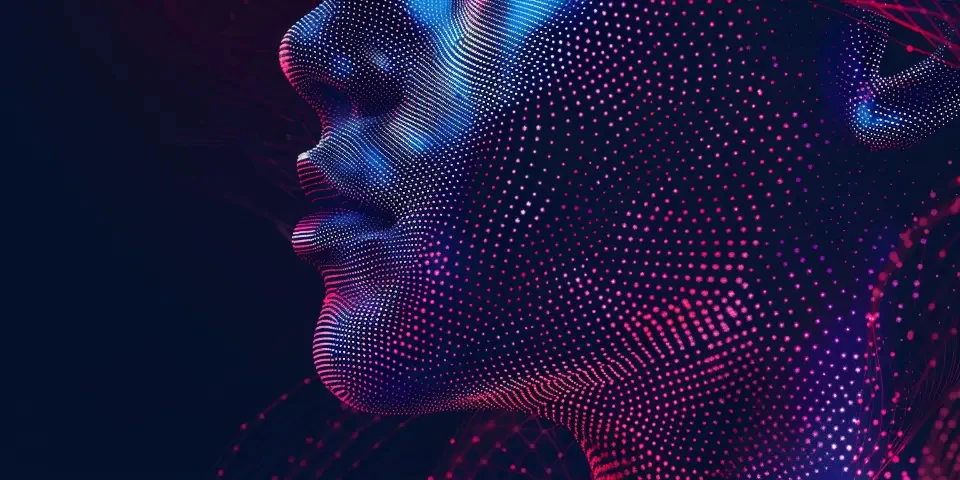Find Your Inner Artist Unleash Creativity with AI-generated Poetry and Prose
In today's fast-paced world, finding time to explore and express our creative side can be a challenge. However, with the help of artificial intelligence (AI), discovering and nurturing your inner artist has become more accessible than ever before. AI-generated poetry and prose offer a unique and innovative way to tap into your creativity and unleash your imagination. In this article, we will explore the power of AI in the world of art and how it can benefit individuals looking to explore their artistic abilities.
1. The Emergence of AI in Art
The integration of AI in various fields, including art, has opened up a world of possibilities. AI algorithms are now capable of generating original pieces of poetry and prose, mimicking the writing style and tone of renowned authors. Through machine learning and deep neural networks, AI systems study vast amounts of literature to gain an understanding of different writing techniques and patterns.

This advancement in technology has revolutionized how we approach art, offering valuable tools for both aspiring and established artists.
2. Igniting Inspiration: AI as a Creative Catalyst
One of the fundamental challenges artists face is finding inspiration. AI-generated poetry and prose can serve as a catalyst for creativity, providing fresh ideas and perspectives. By using AI as a source of inspiration, artists can draw from a vast ocean of words, themes, and styles, sparking their imagination and helping them overcome creative blocks.
AI-generated works can be used as prompts for writing exercises or be integrated into collaborative projects, fueling a collective creative process where human and machine work hand in hand.
3. Breaking Boundaries: Exploring New Artistic Territories
AI-generated poetry and prose have the potential to challenge traditional artistic boundaries. As AI systems learn from a wide range of authors and genres, they become adept at blending different styles and experimenting with unconventional combinations. This opens up doors for artists to explore new territories in their work, creating innovative pieces that push the boundaries of traditional art forms.
Artists can also collaborate with AI systems, treating them as companions in the creative process. By leveraging AI's ability to think outside the box, artists can expand their artistic horizons and discover unique approaches to their craft.
4. Enhancing Creativity: AI-powered Tools for Writers
AI-powered tools have transformed the writing process for many authors. These tools offer various functionalities, such as grammar and style checks, word suggestion, and even automated story generation. For writers looking to improve their craft or overcome writer's block, AI tools can provide invaluable assistance.
Furthermore, AI-powered language models, such as OpenAI's GPT-3, can generate coherently written pieces based on a given prompt. This technology has the potential to assist writers in brainstorming ideas, developing characters, or even composing entire chapters of a novel.
5. Evolving Artistic Expression: Human-Machine Collaboration
AI-generated poetry and prose have sparked conversations surrounding the concept of authorship and the role of machines in the artistic process. Rather than replacing human artists, AI can be seen as a collaborator, expanding the possibilities of artistic expression.
Artists today can choose to collaborate with AI systems, using them as tools to enhance their creativity or to explore new mediums of artistic expression. By embracing the partnership between human and machine, artists can tap into the full potential of AI-generated works and create truly remarkable pieces that bridge the gap between the conventional and the innovative.
Frequently Asked Questions
Q1: Can AI-generated poetry and prose match the quality of human-written works?
A1: While AI has made significant advancements in generating coherent and stylistically accurate writing, the quality of AI-generated works is subjective. AI can mimic the patterns of famous authors and genres, but it lacks the depth of human emotion and experiences that make works truly unique. Nevertheless, AI-generated art can serve as a valuable tool for inspiration and collaboration.
Q2: Is AI posing a threat to human creativity and artistic careers?
A2: AI should not be viewed as a threat but rather as a tool that can enhance human creativity. Artists can leverage AI-generated works to spark new ideas and explore uncharted territories. Ultimately, it is the artist's unique perspective and emotions that give depth and authenticity to their creations, ensuring the continued relevance of human creativity.
Q3: Are there any ethical concerns surrounding AI-generated art?
A3: Ethical concerns may arise with the use of AI in art, such as plagiarism concerns or the devaluation of human creativity. It is essential to give credit to AI-generated works and acknowledge the collaborative nature of their creation. Additionally, artists should be conscious of the role of AI in their creative process and maintain the integrity of their artistic expression.
References
1. Johnson, A. (2021). GPT-3 Prompt Engineering for Conditional Text Generation. OpenAI. https://openai.com/blog/openai-api-gpt-3/#:~:text=To%20generate%20text%20with%20GPT,given%20a%20continuation%20string%20prompt.
2. The Artists and Machine Intelligence Program at Google Arts & Culture. Google Arts & Culture. https://artsandculture.google.com/theme/creating-with-the-machine/ml60cFFfd1cjLg
3. Zaidan, O. F. (2021). In Your Words: AI-Powered Language Models in the Content Creator’s Toolkit. OpenAI. https://openai.com/blog/content-creators/
Explore your companion in WeMate